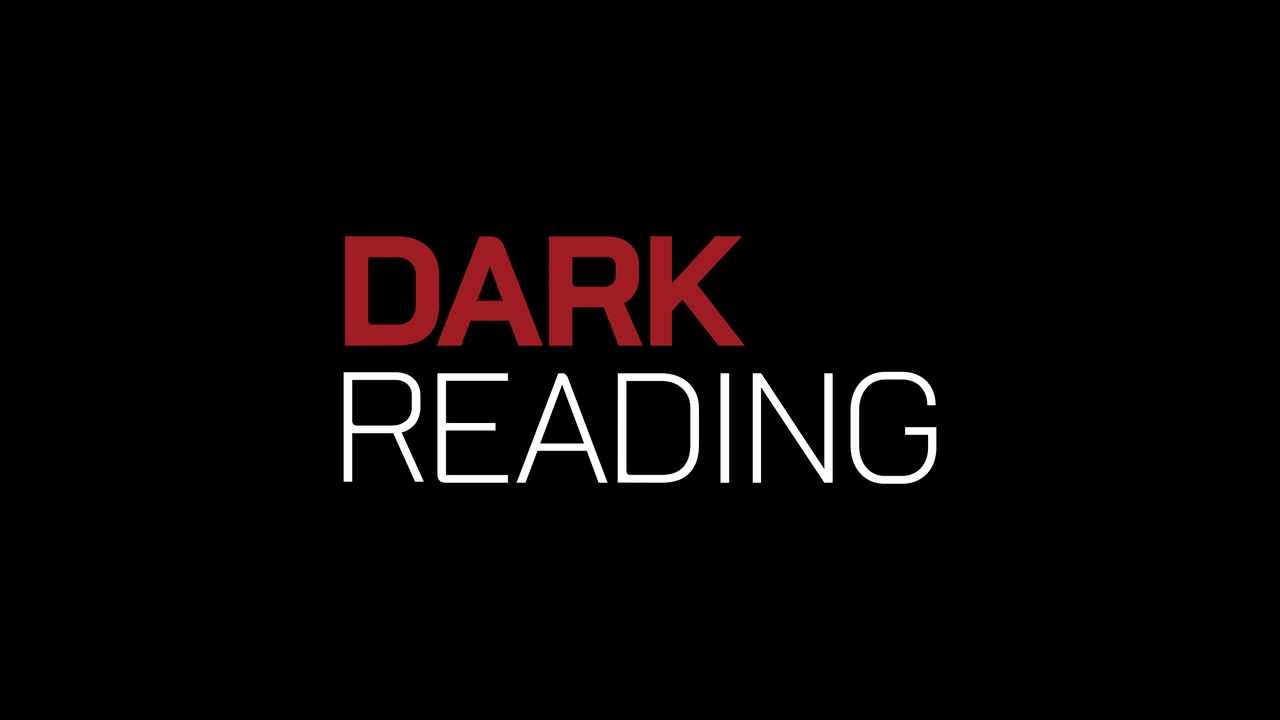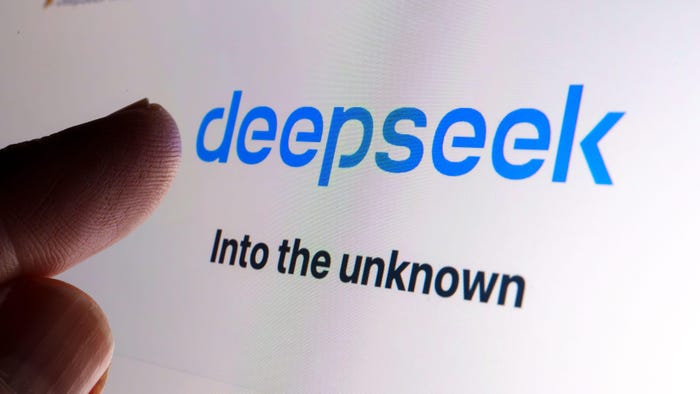Microsoft Prepares to Patch Things UpMicrosoft Prepares to Patch Things Up
Microsoft gave a heads up on its latest security updates for Windows, IE, Office, and Exchange

Don't expect much of a lunch break Tuesday. If you're a Microsoft shop, you've got a date with your servers.
Microsoft yesterday gave a sneak peek at twelve security bulletins it will issue on June 13, including one that gives some breathing room for ActiveX-base apps and another that ensures BlackBerry users won't be mistaken for hackers when sending emails via Exchange.
In all, Microsoft will release nine updates for Windows, two for Office, and one for Exchange, as well as what it called a "cumulative update" for Internet Explorer. (See Microsoft Security Bulletin Advance Notification.) Microsoft also plans a regular update to its malicious software removal tool.
The IE update will likely hit home for many organizations that need ActiveX for developing Web-based applications. "This patch lets you use ActiveX again but eliminates the dangers of it," says Robert Enderle, principal analyst with Enderle Consulting.
Microsoft had previously issued a patch that altered ActiveX behavior to avoid hostile code infiltrating browsers, but that put the kibosh on some interactive content on Websites and intranets, and ActiveX is routinely disabled as a precaution. "This has been a more significant problem for folks who want to roll out apps that use ActiveX. It was a death sentence for ActiveX apps," says Enderle. "This helps to some extent remove the threat of deploying ActiveX apps."
Robert Hill, IS director for retailer Guitar Center, says his biggest worry is not a Web-based intrusion, but the internal threat to Windows that comes via the company's outside contractors: consultants or programmers with administrative access to GC's servers whose Windows machines he can't control. "We could update all the systems in our building, but if a consultant comes in with an unpatched machine, that becomes a problem. And as soon as they leave the building, you can't control it," Hill says. And so far it's not clear just how or if Microsoft's security patches will truly address that, he says.
An update for Exchange Server, meanwhile, fixes a glitch that kept BlackBerry users from sending messages in an Exchange email environment where the mail server would treat the RIM-based devices as hostile. "This patch, in theory, allows legitimate use of these devices," Enderle says.
With the upcoming Word patch, the app should now be safe from attacks like the so-called Trojan.Mdropper.H, which appeared in an email as a Word document. Microsoft had recommended running Word in safe mode until it could patch the flaw. But like most Trojans, the exploit wasn't as widespread as it was nerve-wracking. "Someone's got to execute it to kick it off, and there are enough ways to capture it as it comes in by scanning mail" and educating users not to open these files, Enderle says.
And don't go trolling for a vulnerability update for Windows 98 and Millenium. Microsoft now says it won't bother to patch those operating systems' most recent security holes, and July 11 is the drop-dead date for support of those operating systems anyway.
— Kelly Jackson Higgins, Senior Editor, Dark Reading
Companies mentioned in this article:
Microsoft Corp. (Nasdaq: MSFT)
About the Author
You May Also Like
Uncovering Threats to Your Mainframe & How to Keep Host Access Secure
Feb 13, 2025Securing the Remote Workforce
Feb 20, 2025Emerging Technologies and Their Impact on CISO Strategies
Feb 25, 2025How CISOs Navigate the Regulatory and Compliance Maze
Feb 26, 2025Where Does Outsourcing Make Sense for Your Organization?
Feb 27, 2025


